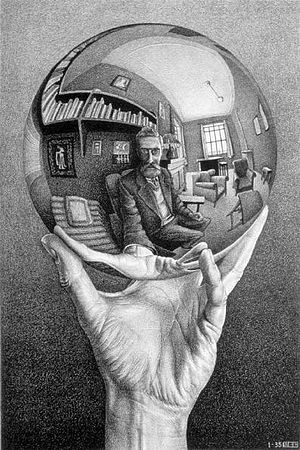Merging science and art may not be as zany as you think. Both subjects require attention to detail, involve an iterative process to reach completion, and (generally speaking) are intended to be shared with a broad audience. Some of history’s greatest scientists were renowned artists, from Michelangelo to Audubon. Many of us are quick to identify ourselves and others as either left brain and right brain oriented, believing that a propensity for art surely means a disinterest or lack of skill in science, and vise versa.
However, in recent years an infusion of the arts has brought a little STEAM (Science, Technology, Engineering, Art, and Mathematics) power to the STEM movement. What at first may have seemed like a highjacking of the newest education buzzword, has become a very logical and engaging way to broaden students’ learning horizons. For those seeking some STEAM background, or maybe justification for squeezing a little more art into your district LCFF, here is some information and resources to proceed full steam ahead!
Reaching Students Through STEM and the Arts
In this 2010 report from the National Science Teacher’s Association, Dawn Renee Wilcox, science coordinator for the Spotsylvania County School District in Fredericksburg, Virginia, describes the benefits of STEAM as “science learning situations that contain multi-sensory, hands-on activities or experiments”. The report goes on to highlight some of the many ways teachers are integrating arts into science learning.
This initiative from the Rhode Island school of design lists the objectives of the STEAM movement as:
- Transform research policy to place Art + Design at the center of STEM
- Encourage integration of Art + Design in K–20 education
- Influence employers to hire artists and designers to drive innovation
Make sure to check out the resources and case study pages for a deeper look at the benefits of STEAM in all grades.
Several years ago Educational Leadership, the bimonthly publication of the ASCD, devoted an entire issue to creativity. Robert and Michele Root-Bernstein discuss the many ways art and science overlap, and even inspire one another. As an example they note that students who excel in science and mathematics usually outperform even those majoring in the arts in visual imaging and visual memory tests.
Of course, not everyone is ready to accept the notion that we should add an A to STEM without a little discussion first.
In this piece for Education Week, Anne Jolly states that a “tug of war is currently looming between proponents of STEM education and advocates for STEAM.” She goes on to define and describe the aims of both approaches, featuring the views of some notable minds in education, such as Dr. Howard Gardner, of the Harvard Graduate School of Education. Dr. Gardner states that from a research-based perspective he does not “have strong views about whether arts should become a part of STEM or be self-standing.” But he goes on to say, “What is important is that every human being deserves to learn about the arts and humanities, just as each person should be cognizant of the sciences.”
As you might expect, your favorite Science Guy has weighed in many times on STEM and STEAM. Here Mr. Nye is asked if studying art and science are mutually exclusive. After highlighting that both unique human endeavors and importance of both to who we are as a species, he points out with a laugh, if we keep adding subjects to STEM pretty soon we’ll have included so many subjects we’ll have to abandon the acronym STEM for the term SCHOOL!

